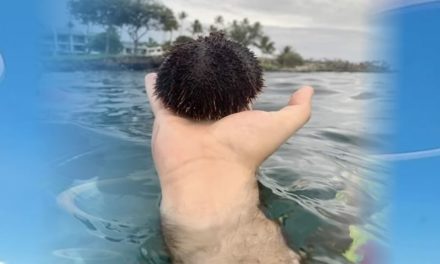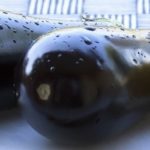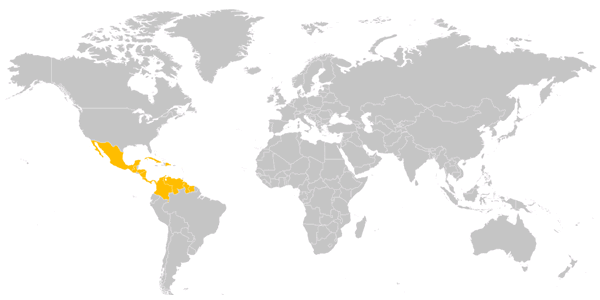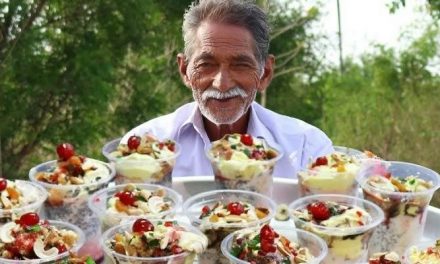
Exotic and Rare Fruits from around the world – Part 1

The incredible biodiversity of Earth produces even more incredible diverse varieties of exotic fruits. I’m sure that most of us never heard of the fruits that are celebrated in other parts of the world. This article is about those exotic and rare fruits that we may never able to taste.
The article is divided into multiple parts, with each part contains list of five rare and exotic fruits. Please let us know if you want to add some info or if we put give any wrong information. This list includes the following exotic and rare fruits; Cloudberry, Chocolate pudding fruit, Jabuticaba, Rollinia and Peanut butter fruit.
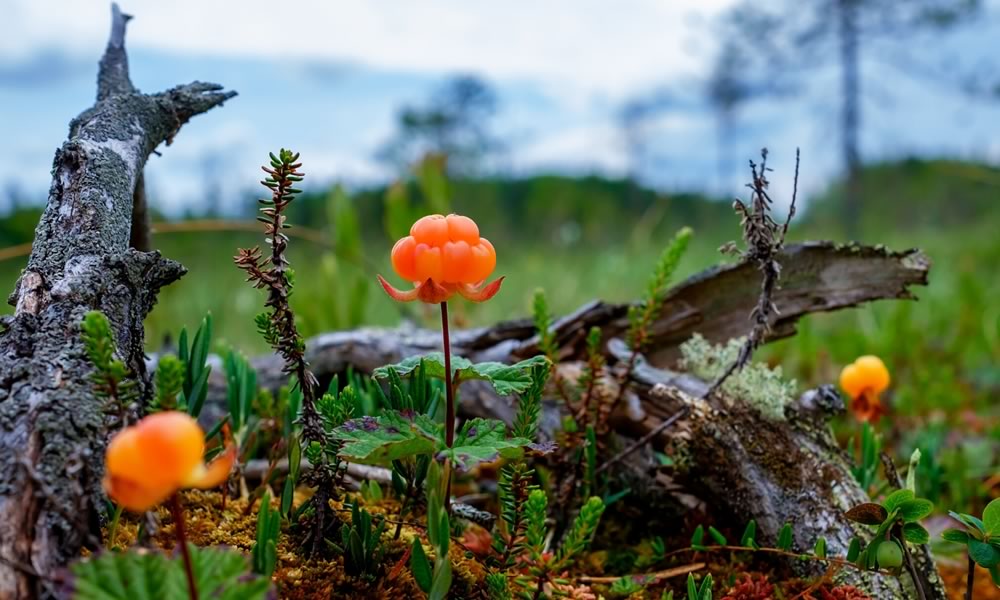
Cloudberry
This wonderful golden-yellow berry grows only in very cold region of the world – the Northern Hemisphere. It’s very soft and juicy when ripe. The cloudberries have very distinctive tart taste and considered a delicacy particularly in Sweden, Norway and Finland. Consisting of between 5 and 25 drupelets, each fruit is initially pale red, ripening into golden-yellow colour.
Cloudberry is known as Bakeapple in Newfoundland and Labrador, the easternmost province of Canada, where it grows in abundance. Interestingly the province celebrate two festivals dedicated to cloudberry aka bakeapple – Bakeapple Folk Festival in Forteau and Garnish Bakeapple Festival.
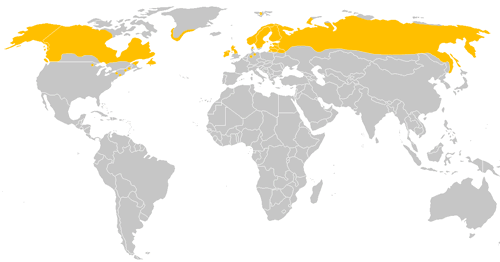
Scientific Name: Rubus Chamaemorus
Known As: Clouberry, Bakeapple (Newfoundland and Labrador), Yellowberry, Nordic Berry, Knotberry or Knoutberry (England), Aqpik or Salmonberry (Alaska), Averin or Evron (Scotland)
Where It Grows: Grows naturally throughout the Northern Hemisphere. Greenland, Canada (especialy in Newfoundland and Labrador) , Alaska, Finland, Sweden, Poland, across northern Russia, Norway, etc.
More Info: Wikipedia
Image Source: Canva.com
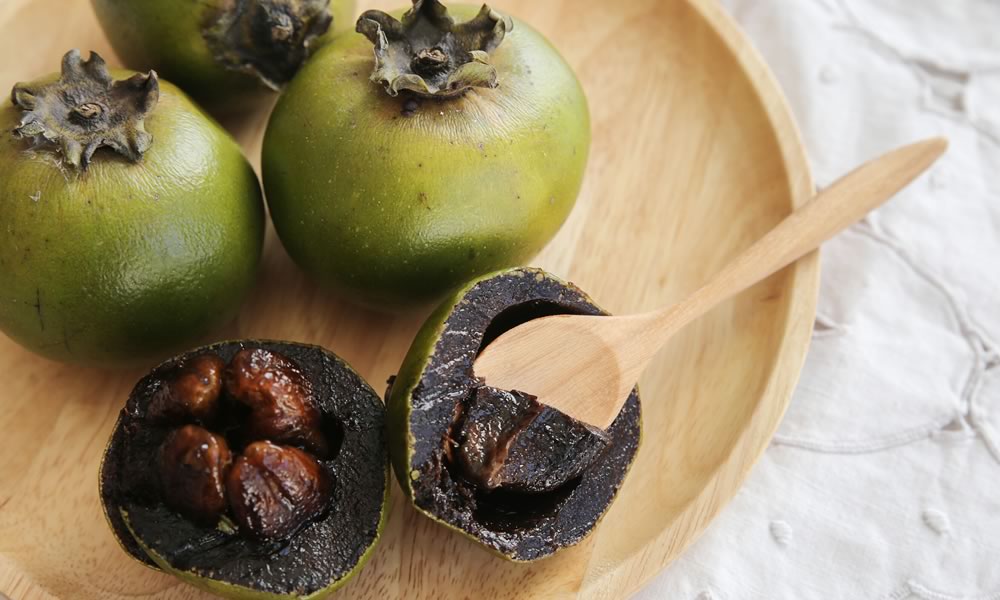
Chocolate Pudding Fruit
Chocolate pudding fruit or black sapote is a species of persimmon. Unlike commonly loved persimmon which is bright orange from inside and outside, Chocolate pudding fruit’s skin green. But inside is, as the name suggest, chocolate colour when ripe. The ripe fruit takes a flavour, texture and colour compared to Chocolate pudding.
Scientific Name: Diospyros nigra
Known As: Chocolate pudding fruit, Black sapote, Black soapapple, Zapote prieto (Spanish)
Where It Grows: Mexico, the Caribbean, Central America, Colombia
More Info: Wikipedia
Image Source: Canva.com
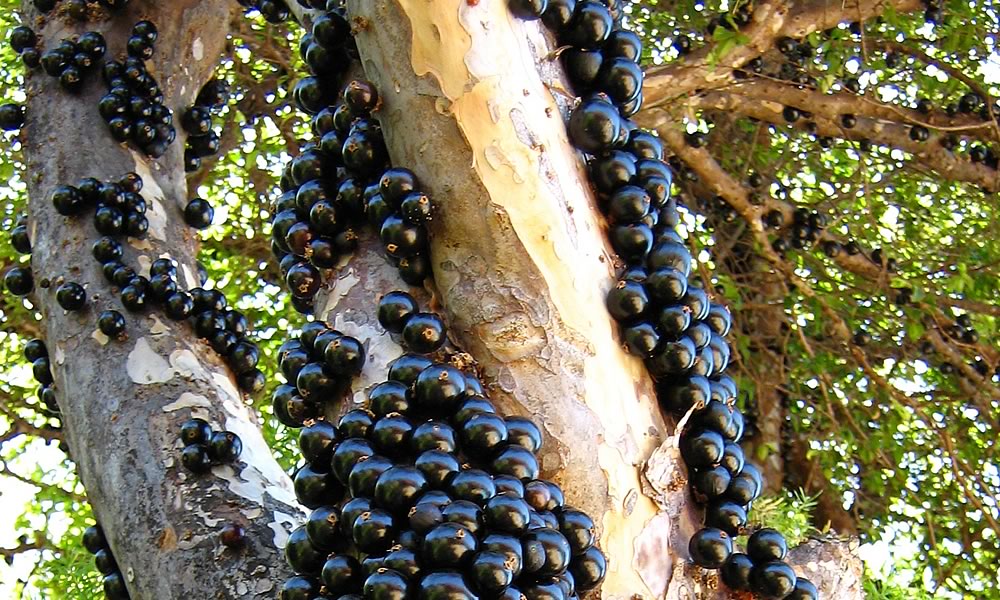
Jabuticaba
Jabuticaba fruits look like purple grapes with a thicker, tougher skin. It looks so close to grape that it is known as “Tree Grape”. But the interesting fact of this fruit is the way it grows. Unlike other fruits it grows around the tree trunk. Sometime it covers the most of tree trunk and looks like a tree from alien planet.
The thick, purple, skin of Jabuticaba encases a sweet, white or rosy pink gelatinous flesh. It is commonly available in Brazilian market. But the fresh fruit began to ferment within 3 to 4 days of harvest. Because of this short life-span jabuticaba is rarely seen outside the area of cultivation. The fruit is often used to make jams, tarts, strong wines, and liqueurs.
Scientific Name: Plinia Cauliflora
Known As: Jabuticaba or Jaboticaba, nicknamed “Tree Grape”
Where It Grows: Native to Brazil’s Minas Gerais, Goias and Sao Paulo state. Some species of Jaboticaba are also indigenous to Uruguay, Bolivia, Peru, northeastern Argentina, and Paraguay but are quite different to the Jabuticaba mentioned here.
More Info: Wikipedia
Image Source: wikimedia.com
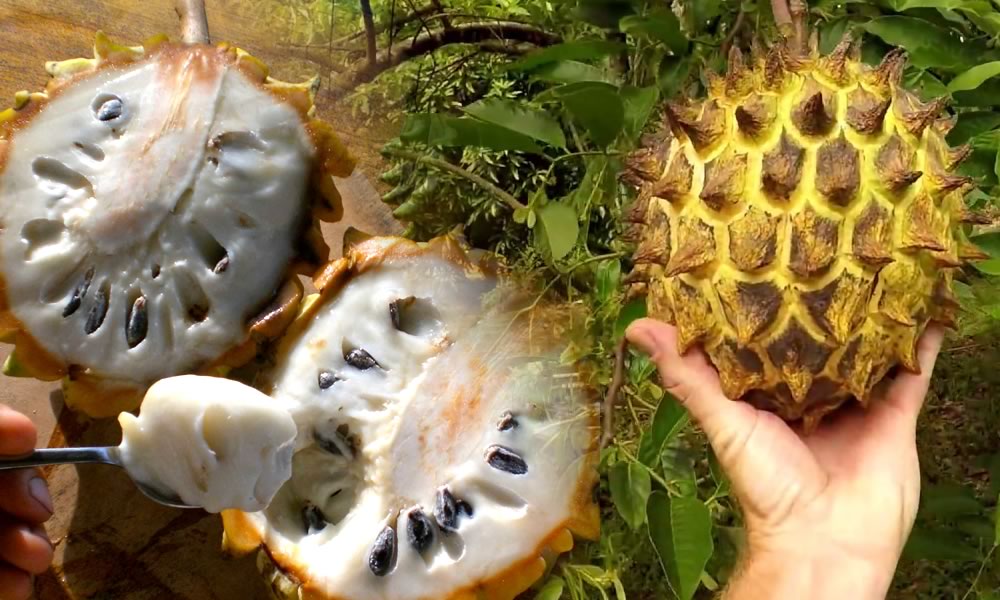
Rollinia
Rollinia is incredibly tasty ‘lemon meringue pie’ flavoured fruit from Brazil. Very creamy and soft textured edible part is covered with very intimidating soft thorny skin. It is green when unripe, ripening to yellow and bruises and blackens with handling, giving it an unappealing appearance. Due to its short shelf life of less than a week the availability is restricted to cultivation areas.
The fruit is eaten fresh when ripe. Rollinia’s cousin known as Custard apple is available throughout the Asia, but they are very different in size and taste.
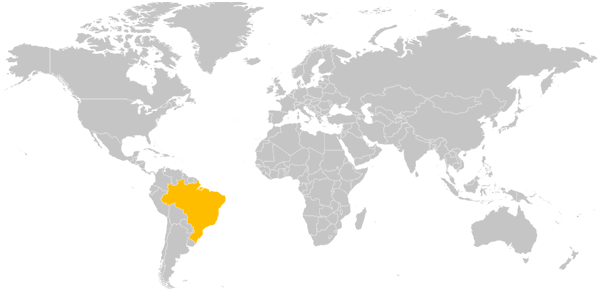
Scientific Name: Rollinia deliciosa
Known As: Biribá or Wild sugar-apple, Aratiku
Where It Grows: Grows naturally in Brazil and few part f the surrounding contries
More info: Wikipedia
Image Source: frasercoastnursery.com.au, Youtube
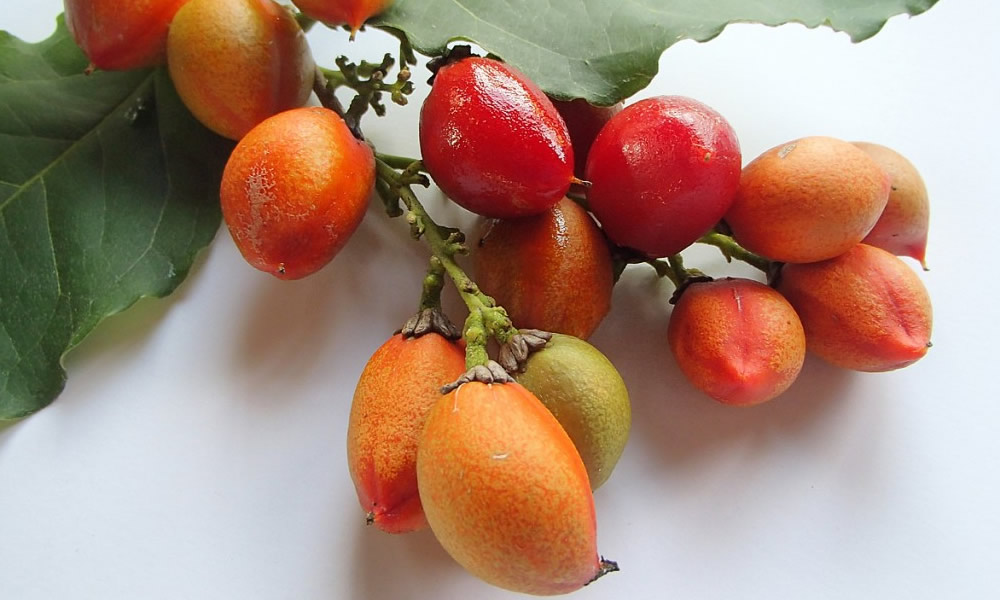
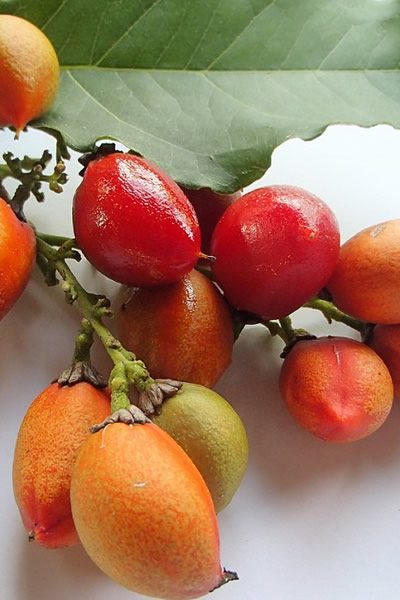
Peanut Butter Fruit
This delicious grape size fruit is known for unusual taste and texture of peanut butter when eaten fresh. The dense pulp is very creamy and has a hint of sweetness. Peanut butter fruit’s colour ranges from orange to red, resembles a grape tomato. It is very fibrous and full of antioxidant. The fruit has two big seeds and as per Wikipedia, they are poisonous. But peanut butter fruit is highly perishable and should be eaten as soon as they are ripe.
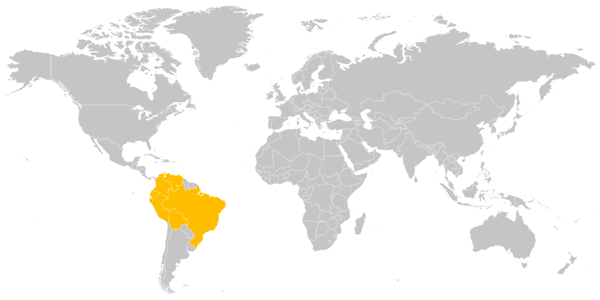
Scientific Name: Bunchosia armeniaca
Known As: Peanut Butter Fruit, Bunchosia, Green Plum, Monk’s Plum
Where It Grows: Native to northwestern South America (Colombia, Ecuador, Bolivia, Venezuela, Brazil and Perú)
More info: Wikipedia
Image Source: dengarden.com

